Home » Ivan
Category Archives: Ivan
Nikola and Ivan participated at BPU 12 conference
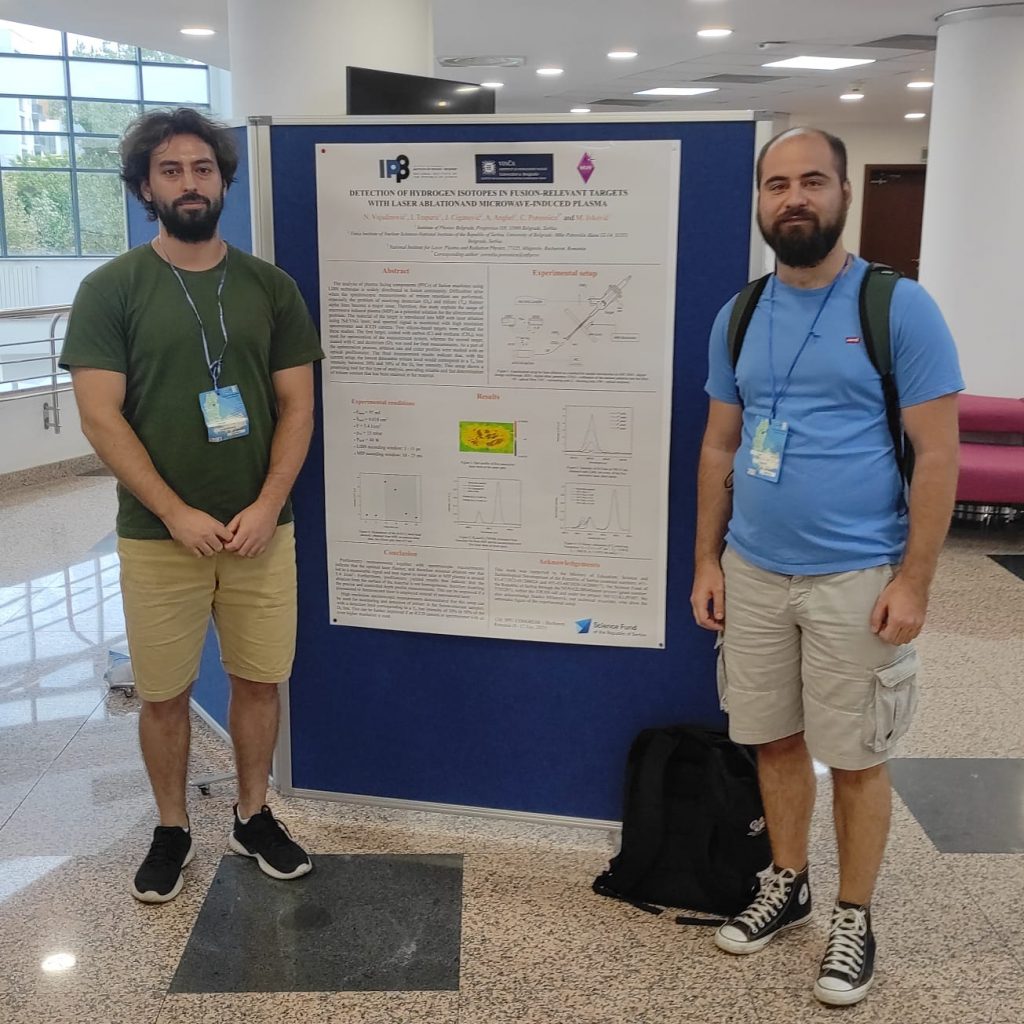
12th International Congress of the Balkan Physical Union (BPU 12) was held at National University of Science and Technology POLITEHNICA in Bucharest, Romania from 8th to 12th July 2025. Nikola and Ivan participated with a poster entitled Detection of Hydrogen Isotopes In Fusion-Relevant Targets with Laser Ablation and Microwave-Induced Plasma which is the joint work with colleagues from Low Temperature Plasma Laboratory at National Institute for Laser Plasma and Radiation Physics (INFLPR), Romania and Vinca Institute of Nuclear Sciences. Here Nikola presented part of his results obtained in pursue of his PhD thesis. Also, Nikola achieved the award for one of best 20 posters presented at the conference. The abstract of the poster is:
The analysis of plasma facing components (PFCs) of fusion machines using LIBS technique is widely distributed in fusion community. Difficulties arise when the spectroscopic measurements of tritium retention are performed, especially the problem of resolving deuterium (Dα) and tritium (Tα) Balmer alpha lines become a major issue. Therefore, this study exploits the usage of microwave induced plasma (MIP) as a potential solution for the aforementioned problem. The material of the target is introduced into MIP with laser ablation using Nd:YAG laser, and spectral signal is monitored with high resolution spectrometer and ICCD camera. Two silicon-based targets were utilized for these studies. The first target, coated with carbon (C) and methane (CH4), was used for optimization of the measurement system, whereas the second target, coated with C and deuterium (D), was used for final measurements. As a part of the optimization process, ablation rate and crater profiles were studied with an optical profilometer. The final measurement results indicate that, with the current setup, the lowest detectable tritium level would correspond to a Tα line intensity between 30% and 50% of the Dα line intensity. This setup shows a promising tool for this type of analysis, providing reliable and fast determination of tritium content that has been retained in the material.
Ivan won the Student prize of Institute of Physics
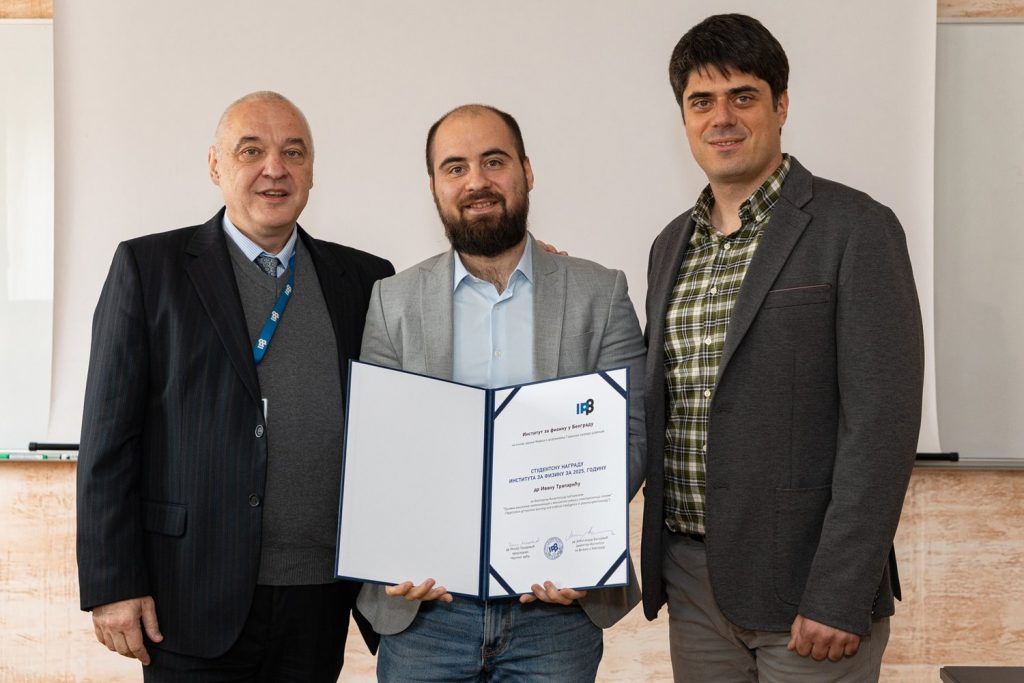 We are proud to announce that Ivan won the Student prize of Institute of Physics Belgrade, for the results obtained in his PhD thesis titled “Application of Machine Learning and Artificial Intelligence in Plasma Spectroscopy”. Thesis advisors were Doc. Dr. Marijana Gavrilović Božović from Faculty of Engineering of University of Kragujevac and Dr. Milivoje Ivković from Institute of Physics Belgrade.
We are proud to announce that Ivan won the Student prize of Institute of Physics Belgrade, for the results obtained in his PhD thesis titled “Application of Machine Learning and Artificial Intelligence in Plasma Spectroscopy”. Thesis advisors were Doc. Dr. Marijana Gavrilović Božović from Faculty of Engineering of University of Kragujevac and Dr. Milivoje Ivković from Institute of Physics Belgrade.
We wish him all the best in his future work!
Nikola’s first publication
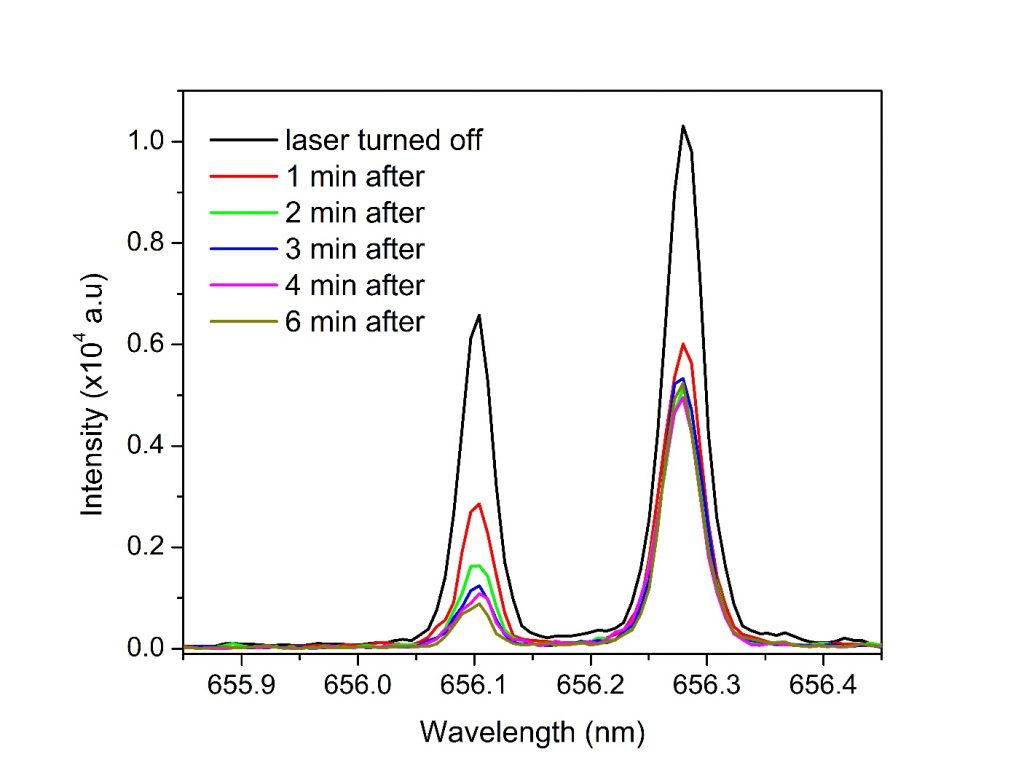
We are happy to inform you that Nikola has published his very first article together with Ivan, Bilja and Ivke from PSL lab and Dragan Ranković and Prof. Miroslav Kuzmanovic from Faculty of Physical Chemistry. Paper is entitled Hydrogen isotopes retention studies using laser and microwave induced plasma coupling (https://doi.org/10.1038/s41598-025-96546-x) and it was published in Scientific Reports.
New publication by Bilja, Ivan and Ivke
Bilja, Ivan and Ivke, together with our former colleague Marijana Gavrilović Božović published a paper about detection of absorbed neutrons in first wall of future fusion devices from measurements of Re content in WRe alloy using Laser Induced Fast Pulse Discharge (LIFPD). More about this on: https://doi.org/10.1016/j.fusengdes.2025.114943
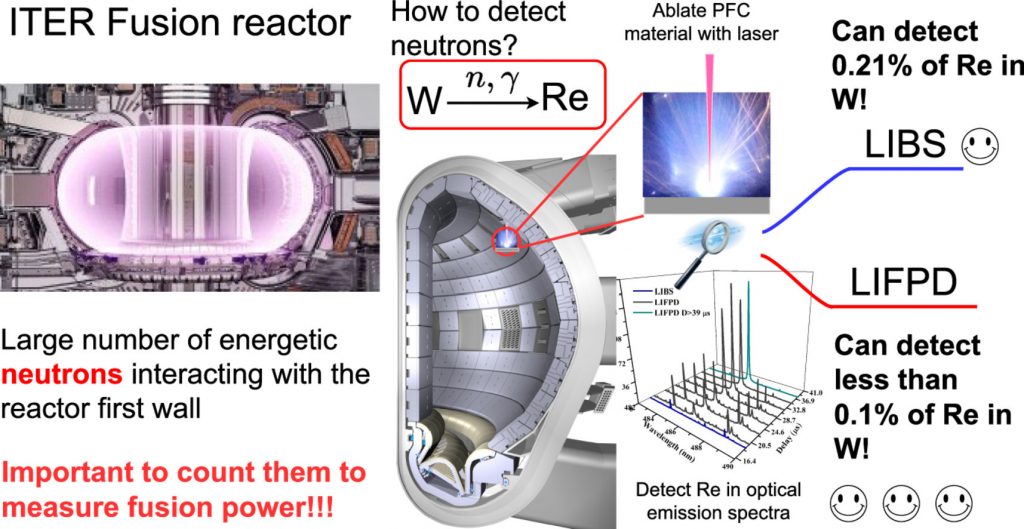
Ivan defended his PhD thesis
 We are proud to announce that Ivan defended his PhD Thesis entitled “Primena mašinskog učenja i veštačke inteligencije u spektroskopiji plazme” (“Application of Machine Learning and Artificial Intelligence in Plasma Spectroscopy”) on 18th October 2024 at the Faculy of Physics of University of Belgrade. Thesis advisors were Doc. Dr. Marijana Gavrilović Božović and Dr. Milivoje Ivković, the PhD Defense Committee president was Prof. Dr. Bratislav Obradović while the Committee members were Prof. Dr. Ivan Dojčinović and Dr. Vladimir Srećković.
We are proud to announce that Ivan defended his PhD Thesis entitled “Primena mašinskog učenja i veštačke inteligencije u spektroskopiji plazme” (“Application of Machine Learning and Artificial Intelligence in Plasma Spectroscopy”) on 18th October 2024 at the Faculy of Physics of University of Belgrade. Thesis advisors were Doc. Dr. Marijana Gavrilović Božović and Dr. Milivoje Ivković, the PhD Defense Committee president was Prof. Dr. Bratislav Obradović while the Committee members were Prof. Dr. Ivan Dojčinović and Dr. Vladimir Srećković.
We wish him all the best in his future work!
New paper by Ivan, Bilja and Ivke
During the work on the realization of NOVA2LIBS4fusion project financed by the Science Fund of the Republic of Serbia Ivke, Bilja and Ivan published an article in Spectrochimica Acta B: Atomic Spectroscopy journal entitled Resolving studies of Balmer alpha lines relevant to the LIBS analysis of hydrogen isotope retention
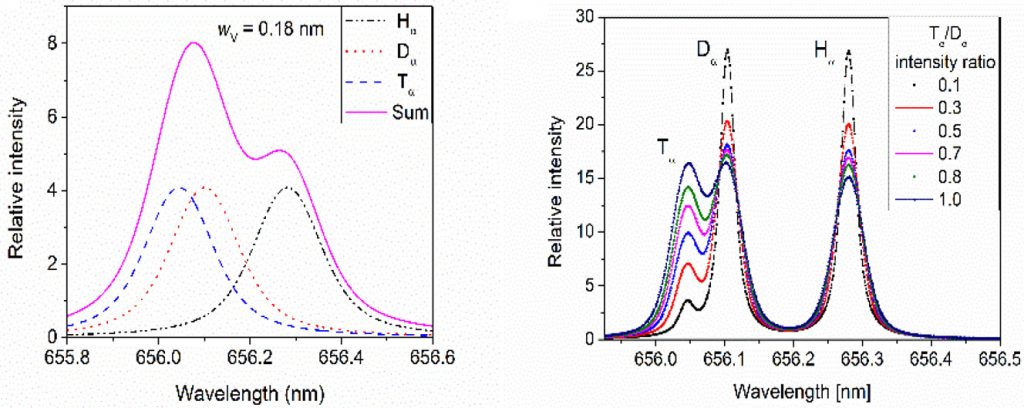
SPIG 2024
Ivke, Biljana, Neša, Milica, Ivan and Nikola participated in 32nd Symposium of Physics of Ionized Gases (SPIG 2024), held in Belgrade at the Serbian Academy of Sciences and Art. Ivke was member of the Scientific Committee for the sixth consecutive time. Ivan was in the Ogranizing Committee, while Bilja served as the co – secretary of the conference.
During the final day of the conference, Ivan gave a progress report lecture entitled “Application of Machine Learning and Artificial Intelligence in Plasma Spectroscopy“.
At the poster presentation part of the conference, Biljana presented the poster entitled “Fast Photography in the Service of Spatially and Temporally Resolved LIBS Diagnostics of Doped Tungsten”, while Ivan presented the posters entitled “Detection of Rhenium in Tungsten Using LIBS with Additional Fast Pulse Discharge” and “Influence of the Ablation Angle Change on Spectral Line Intensities in LIBS Experiments“. Apart from this, we also presented, or participated in the following posters:
Target Selection for LIBS Studies of Hydrogen Isotope Retention – Dragan Ranković, Biljana Stankov, Ivan Traparić, Miroslav Kuzmanović and Milivoje Ivković
During the conference, we also had a pleasure of hosting our friend and collaborator Dr. Chihiro Suzuki – san from NIFS Japan, who gave a talk entitled “Comprehensive Z-dependence Analysis of Soft X-ray Spectra from Highly Charged Heavy Ions Using Magnetically Confined High-temperature Plasmas“.
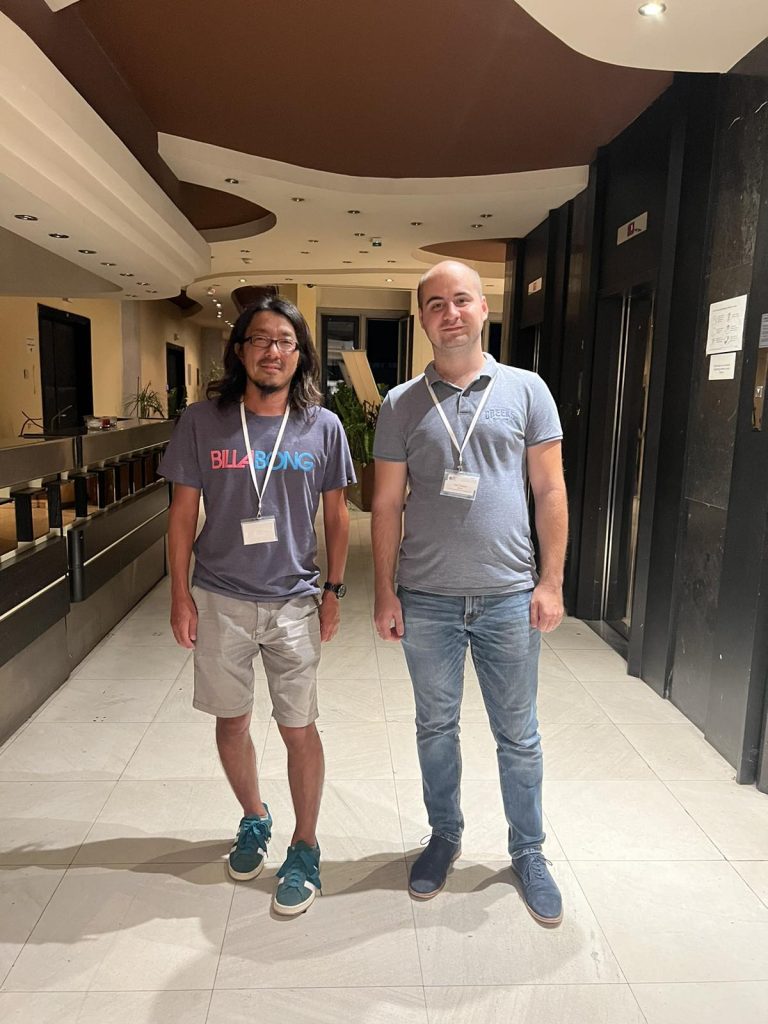

New publication by Ivke, Bilja and Ivan
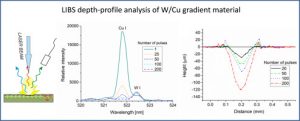 During the work on the realization of NOVA2LIBS4fusion project financed by the Science Fund of the Republic of Serbia Ivke, Bilja and Ivan published an article in Spectrochimica Acta B: Atomic Spectroscopy journal entitled LIBS depth-profile analysis of W/Cu functionally graded material
During the work on the realization of NOVA2LIBS4fusion project financed by the Science Fund of the Republic of Serbia Ivke, Bilja and Ivan published an article in Spectrochimica Acta B: Atomic Spectroscopy journal entitled LIBS depth-profile analysis of W/Cu functionally graded material
Ivan became Research Assistant
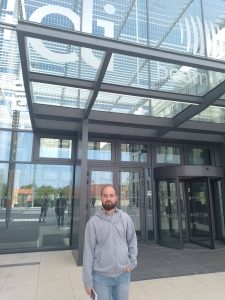 We proudly announce that since 7th November 2022., Ivan has a new scientific title of Research Assistant at the Insitute of Physics Belgrade. We wish him a lot of success in his research in the years to come.
We proudly announce that since 7th November 2022., Ivan has a new scientific title of Research Assistant at the Insitute of Physics Belgrade. We wish him a lot of success in his research in the years to come.
Ivan took part in this year ITER International School held in Aix – en – Provence
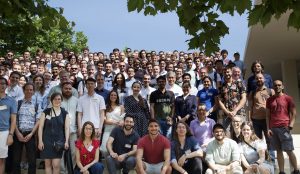 It is our great pleasure to report that Ivan was accepted to participate in this year ITER International School 2023. The topic of the summer school was Energetic Particles in Fusion Plasmas, where the school gathered leading experts in this filed that gave lectures to the students. Part of the summer school was also dedicated to the visit of ITER site, where students had the opportunity to see the site and to hear recent advances in the construction of the largest tokamak so far.
It is our great pleasure to report that Ivan was accepted to participate in this year ITER International School 2023. The topic of the summer school was Energetic Particles in Fusion Plasmas, where the school gathered leading experts in this filed that gave lectures to the students. Part of the summer school was also dedicated to the visit of ITER site, where students had the opportunity to see the site and to hear recent advances in the construction of the largest tokamak so far.
